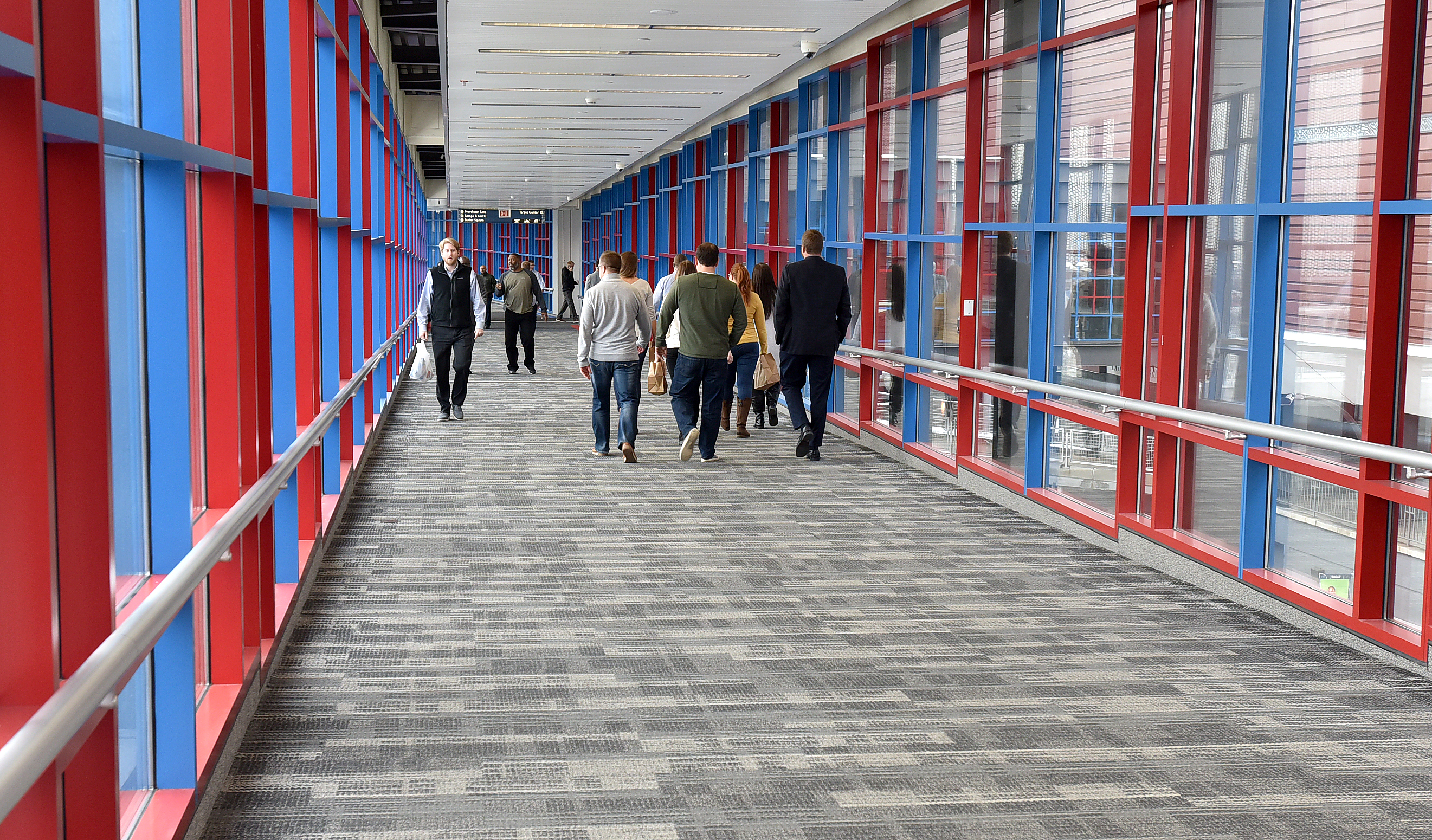Ownership, management

MnDOT owns the ramps and the city of Minneapolis manages them in accordance with federal laws, state statutes, a maintenance and operations plan from FHWA, a management agreement with the city of Minneapolis, and other agreements that guide how the ramps operate.
The management agreement with the city is a 20-year renewal for a total of 50 years.
Ramps purpose
- Reduce congestion along I-394 and into downtown Minneapolis.
- Improve air quality through multi-modal programs, including carpools, transit, bicycling, walking and electric vehicle charging stations.
Transportation shift
- The ramps were built as part of the I-394 construction. I-394’s original purpose was to make a major shift in transportation mode from single occupancy vehicles to carpools, vanpools and buses.
- The ABC Ramps help achieve that purpose by offering intermodal transfer facilities that offer incentives to carpool and that link parking to transit.
- In addition, bus service, light rail transit, commuter rail and bicycle trails are in close proximity to the ABC Ramps.
- This major transportation shift from single occupancy vehicles to high occupancy vehicle travel and other multimodal transportation options improve the capacity on I-394.
- The mobility hub features in the ramp, along with pricing that favors carpooling over single-occupancy vehicles, help the ramps reduce congestion along I-394 and in the downtown core by encouraging multi-modal trips within the area.
Who uses the ramps?
- People who commute into downtown Minneapolis for work.
- People shopping, going to entertainment venues on First Avenue and the Historic Theater District and sporting venues that include Target Field and Target Center. See event parking.
- People going to the airport use the Ramp-Ride-Fly program.
Funding
- 90 percent of the funding to build the ramps came from federal Congestion Management and Air Quality funding; 5 percent funding was from the city of Minneapolis; 5 percent was from MnDOT.
- Today, the ramps are self-funded using parking revenues to pay for maintenance and operations, and support programs to reduce congestion by increasing high occupancy vehicle travel. No MnDOT funding is used to operate the ramps.
